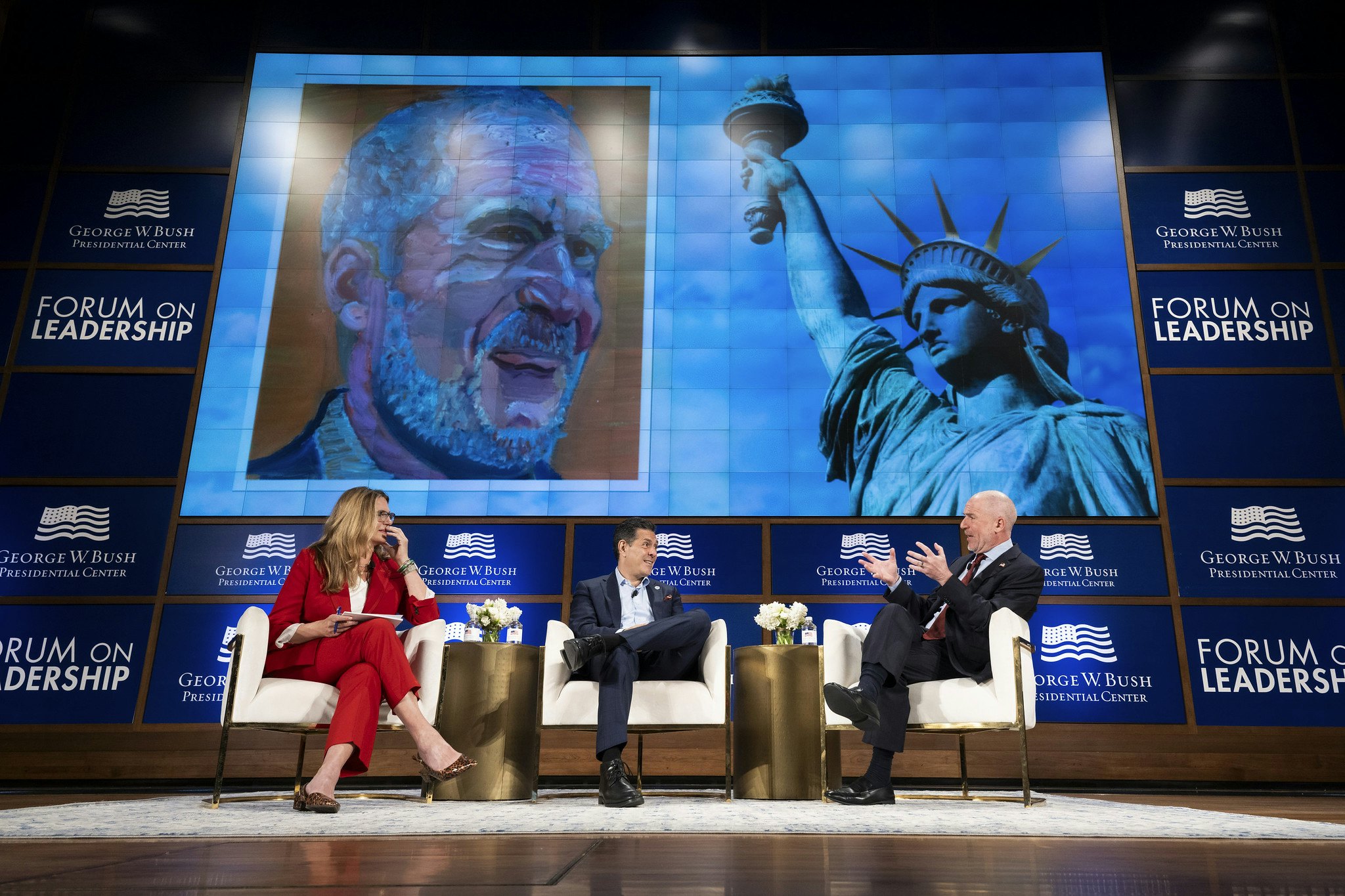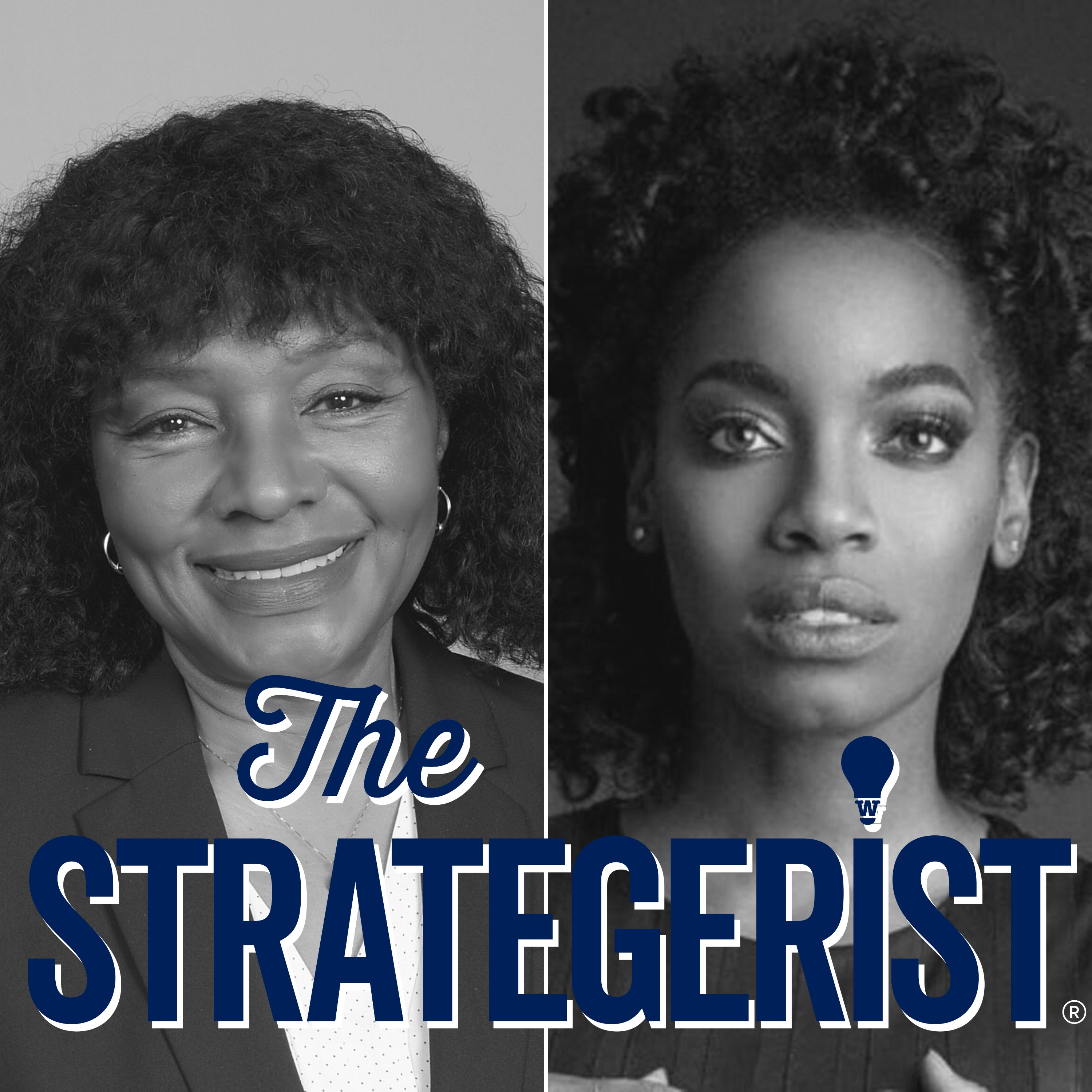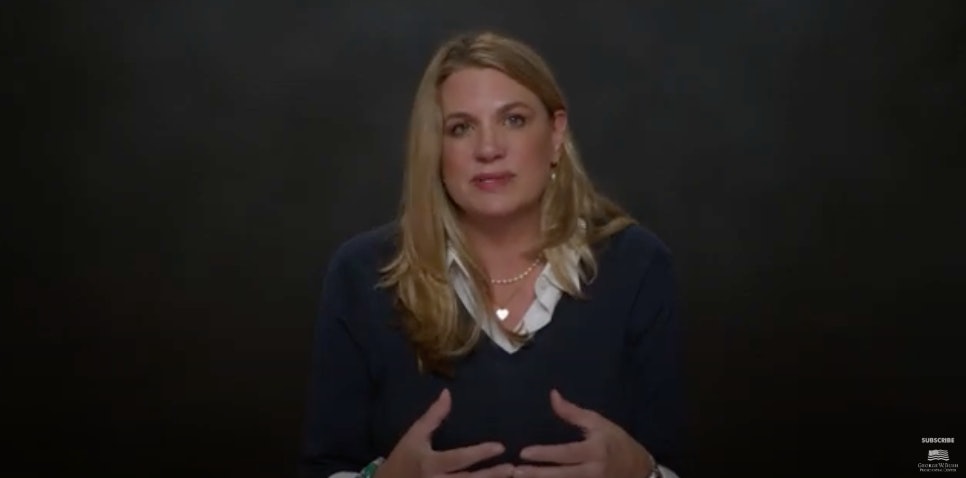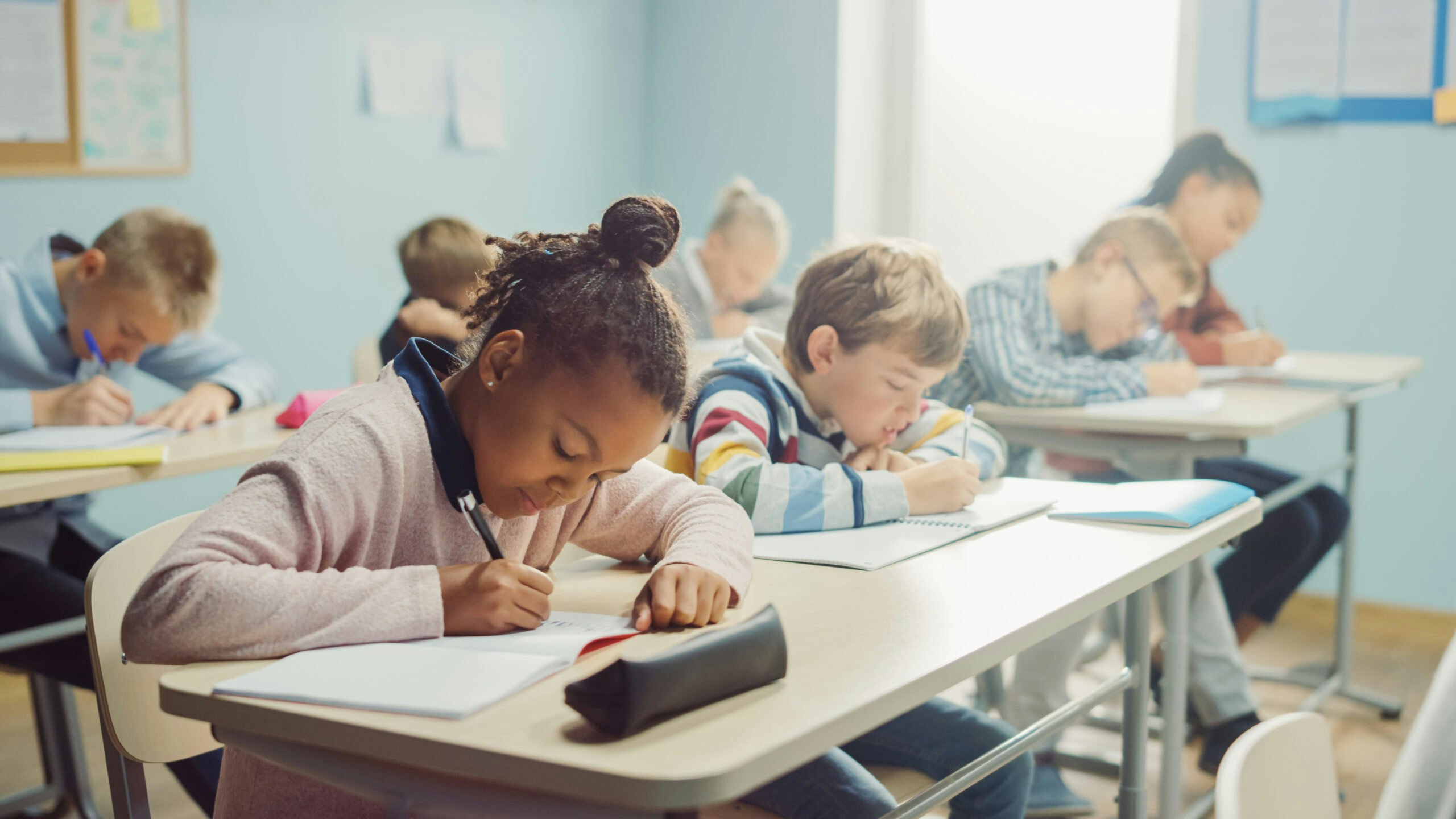“A soldier's greatest enemy is not the one they face on the battlefield, but the demons that haunt their soul.” This profound truth from Finnish author Väinö Linna's Unknown Soldier resonates deeply with the human experience of war.
I had the privilege last month of being part of the four-person detail that laid a wreath at the Tomb of the Unknown Soldier at Arlington National Cemetery on behalf of the George W. Bush Institute’s current cohort of Stand-To Veteran Leadership Program Scholars.
As we prepared, my thoughts turned to those lost to both external and internal conflicts, many of whom are former service members I served with in or out of uniform. I also thought of my own journey as a former ballet dancer turned U.S. Marine and Iraq War veteran turned Artistic Director of Exit12 Dance Company, an organization I co-founded after service that helps veterans build community, tell their stories, and heal through dance.
But I especially thought of Exit12’s Associate Artistic Director Taylor Gordon and her brother Nick, who died by suicide after serving in the Army and deploying twice to Afghanistan. Nick rests in Section 60 at Arlington, and Exit12 premiered Taylor’s work about Nick at the Women’s Memorial in Arlington in 2019.
As the notes of “Taps” echoed across Arlington during the ceremony, my thoughts turned to the next generation and the importance of Exit12’s work using the arts to improve well-being within the military community and to share the stories of those who served, aiming to reduce veteran suicide. It’s not just about veterans – it’s about creating a world where future generations may never have to experience the horrors of war.
I applied for the Veteran Leadership Program to develop my leadership skills and increase Exit12’s impact within the military community helping more people improve their lives using the arts.
During our module in Washington, D.C., we heard from retired Marine Corps Gen. Peter Pace, a former Chairman of the Joint Chiefs of Staff. He was in office when I was deployed in Fallujah, Iraq. I introduced myself to him as a former ballet dancer and Marine and shared how I returned to Iraq, after leaving the Marines, and co-facilitated a dance workshop with 30 Iraqi young people to share their stories with the world. That workshop set the foundation for the work we continue to do with the military community today.
With a smile, he said, “I guarantee you, you are the only one doing what you’re doing with dance.”
At Arlington, I reflected on my time as a Marine and my own journey of healing over the last seven years. I thought about my Fulbright project in London where I created a dance piece that guided the audience through the stories of four military veterans wounded in war. The piece concluded with a ritual of burial and resurrection during which I dug a trench in the lawn of the conservatoire, laid in it, and invited the audience to place the upturned dirt on my body.
As I emerged from the trench and the dirt fell from me to the earth, I felt like I symbolically buried the remnants of war and rose to work to help others find similar healing through the arts.
As we gathered just before our ceremony at Arlington, I saw that the group before us was made up of four children – two girls and two boys. Dressed in dark clothing, they fidgeted nervously, and I wondered what they were feeling, if they understood the gravity of what they were about to do.
Their innocence made me reflect on my own youth before war, and I became emotional. The sentinel guiding them was kind and patient, and the children completed the ceremony with reverence.
When it was our turn, the sentinel gave us our instructions with the same soft-spoken kindness, even asking where we were from. He reminded the veterans among us that we could salute during the ceremony.
At the tomb, this would be my last salute before choosing to place my hand over my heart instead. To me, this is a symbol of moving from my military identity to one as a civilian artist. This was a personal step toward healing and demonstrated my commitment to helping others do the same.
The ceremony ended with quiet dignity as the sentinel’s final commands brought us back to the present. Afterward, we rejoined our cohort, supported by their gratitude and the warmth of shared hugs – a reminder that healing, though individual, is something we do together.
In that moment, I felt the weight of both my past and the potential for a better future. And though I laid down my final salute, I knew my work had just begun.






























